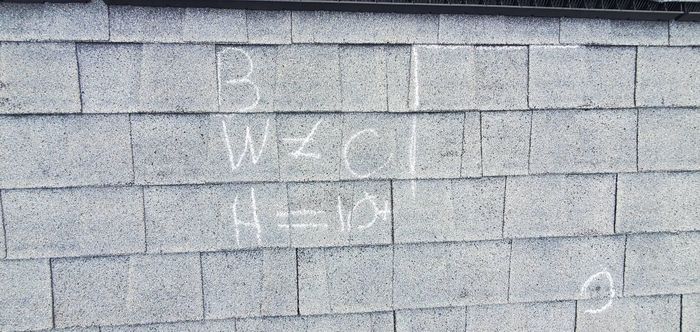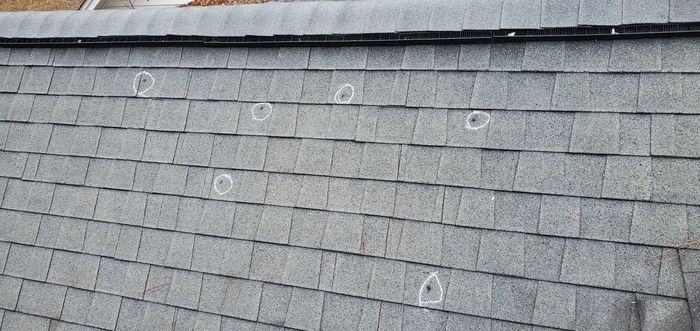Specialty Roofing License: 63047
Call Us Now! 843-970-3600
High Quality Roofing And Fair Prices With A Hometown Touch
Owning a home or business property can be quite a challenge with everything it takes to maintain and protect your investment, especially when it comes to your roofing protection. So, when something as important as your roof shows signs of wear, you need a team with the experience to handle the job right; you need Palmetto Roofing & Solar in Myrtle Beach, SC. Our team proudly offers clients over 30 years of experience, and a complaint-free track record backed with a 25-year warranty that our competitors can't beat. If you're interested in learning more about our hometown-friendly roofing services or want to schedule a free roofing inspection, contact us today at 843-970-3600.
Residential and Commercial Roofing Contractor Services
Ensure your property's roof is ready to handle all of life's weather challenges with expert repairs and maintenance services.
Even the best and strongest roofs age and need replacement after years of services protecting your property.
Upgrade your property's style and level of protection with impact and fire-resistance metal roofing options.
Emergency Storm Services
When the weather outside gets bad and damages your roof, you need a team of experts who can quickly investigate and protect your property.
Improve the appearance of your property and protect against unwanted water and foundational issues.
Turn the sun into your own personal power source with professionally installed and maintained solar panel systems.
Why Call on the Team at Palmetto Roofing & Solar?
Local and Dedicated Staff
Profession Services from Start to Finish
Friendly and Comprehensive Services
Insurance Claim Assistance and Advocating
Honest and Trustworthy Services
Here When You Need Us Most
All Work Completed In-House (No Sub-Contractors)
Support and Sponsor Local Events


Insurance Claims are Challenging, But We're Here to Help
Filing an insurance claim can be confusing and difficult enough before adding in the stress of having to live with such a challenging experience. Palmetto Roofing & Solar offers our clients comprehensive insurance claim assistance on every job. We'll explain everything, file the required paperwork and represent you with the insurance company and their adjuster. We've gotten so good at dealing with the insurance company our claims are four times as likely to be approved without hassle than when filing alone.
Here’s What Our Client's Have to Say

★★★★★
I cannot say enough about this company! They were phenomenal! They were professional, and always did things when they said they would. “Going above and beyond” seems to be their motto. If you want an honest, hard-working, professional roofing company, this is the one.
- Shelly H.
Button
★★★★★
Great, professional company. They were able to get our claim approved with our insurance after another company could not. They came when the inspector was here and handled everything with the insurance company. The whole process was smooth and easy. Thank you!
- Lauren E.
Button
★★★★★
We recently had Palmetto Roofing & Solar install a new roof on our home, and we're thrilled with the results. Their team was professional, efficient, and they cleaned up after themselves. Fantastic experience!
- Ernest T.
Button
★★★★★
I phoned Palmetto Roofing & Solar to check the roof on my rental property. Not only did they come right away, but they also worked with the insurance company and adjuster on my behalf. The roof was done the same day they started, just a few days after the first inspection. Great business.
- Kimberly G.
Button
★★★★★
I checked inside the garage attic for leaks, and everything was dry. I'm so glad that the roofers at Palmetto Roofing & Solar have done such a great job. Overall, I'm very satisfied with the outcome of the roof repair. Thanks!
- David J.
Button
Need more information? Call us at 843-970-3600 to speak with one of our experts.
Browse Our WEbsite
contact information
Phone: 843-970-3600
Email: info@palmettoroofing.solar
Specialty Roofing License: 63047
Business Hours:
- Mon - Fri
- -
- Sat - Sun
- Closed







